Key Takeaways
- The color palette of the 2000s was influenced by technology, environmentalism, and pop culture.
- “Millennial pink” emerged as the defining shade of the decade.
- Other key colors included cobalt blue, apple green, acid yellow, and marsala.
- Neutrals like chocolate brown, slate gray, and nudes also grew in popularity.
- Eco-friendly fabrics like organic cotton and bamboo rayon became trendy.
- Recession-era fashions favored more subdued, versatile pieces in neutral hues.
- The rise of fast fashion brought inexpensive, trendy clothing to the masses.
- Texting, social media, and smart devices sparked an appetite for bright neon shades.
- Color trends reflected the optimism at the start of the decade and uncertainty at the end.
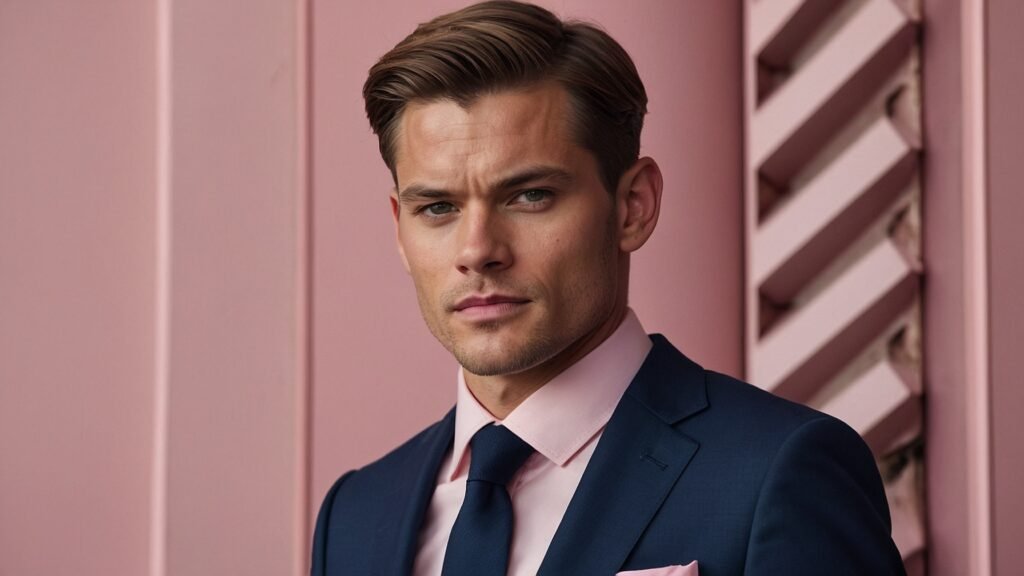
The 2000s marked a transformative era in fashion, driven by major influences such as technology, environmental awareness, and shifting economic conditions. At the dawn of the new millennium, Y2K fashion trends brought bright, playful colors to the forefront. As the decade progressed, eco-friendly fabrics and sustainable hues became increasingly popular in response to growing environmental concerns. The 2008 financial recession then set the stage for more understated, minimalist styles. Among the most iconic color trends of the 2000s, one shade truly captured the spirit of the times: the soft, rosy tint known as “millennial pink.” Let’s dive into the defining fashion color trends of the 2000s decade.
From Y2K Neons to Millennial Pink
The early 2000s were awash in the bright, futuristic hues of Y2K culture. Acid greens, electric purples, and candy-colored pastels graced runways and filled teen wardrobes. But as the millennium fervor faded, these neon brights gave way to softer shades.
Y2K Neons Usher in the 2000s
At the dawn of the new millennium, vibrant DayGlo colors became synonymous with the futuristic Y2K fashion trend. The spring 2000 fashion runways featured eye-popping acid green at Versace and bold fluorescent orange at Prada. Jennifer Lopez famously turned heads in a pink and green Versace dress on the red carpet. Young fashion fans across the globe copied pop icons like Britney Spears and Christina Aguilera, sporting bright, barely-there neon outfits. These striking neon shades perfectly embodied the optimism and excitement of Y2K style and pop culture.
Pastels Gain Traction in the Early 2000s
Pastel colors gained popularity in the early 2000s as a softer, more subtle alternative to bold neon shades. Light hues like pale pink, mint green, and lavender appeared in romantic peasant tops and playful babydoll dresses, perfectly complementing feminine fashion trends such as boho-chic and balletcore style. Celebrities like Reese Witherspoon and Kirsten Dunst became style icons for embracing the girly pastel color palette. While not as daring as neon brights, pastels delivered a youthful, romantic aesthetic that resonated with fashion-forward audiences.
Millennial Pink Becomes the Defining Shade
By the mid-2010s, one delicate pastel shade stood out above the rest: millennial pink. This soft, rosy color initially gained popularity in women’s fashion trends, but by 2017, millennial pink was widely recognized as “the color of the decade.” Its influence quickly spread into menswear, interior design, home décor, tech gadgets, and more. Also known as tumblr pink, this versatile hue embodied a cultural zeitgeist of optimism, femininity, and youthful energy. Millennial pink continues to be a timeless and stylish choice today, appealing to people of all ages and genders for its uplifting yet sophisticated vibe. No other color so perfectly captured the aesthetic and cultural essence of the 2000s as millennial pink.
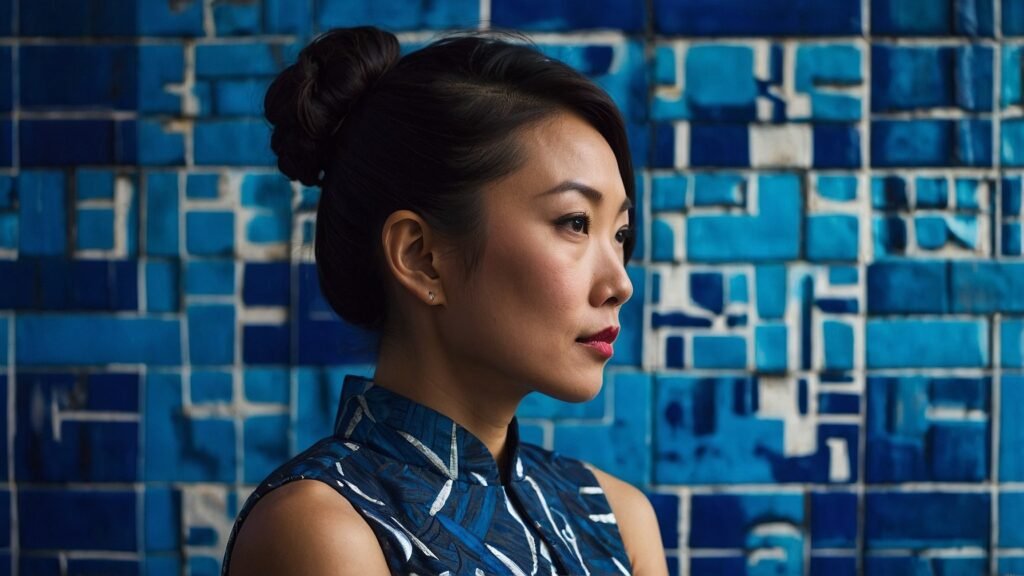
Eco-Conscious Hues Gain Traction
The 2000s also saw rising demand for ethical and eco-friendly clothing. Organic cotton, bamboo rayon and other green fabrics entered the mainstream. And earthy, natural hues like moss green and mustard yellow gained ground over synthetic brights.
Organic Fabrics Become Fashionable
During the 2000s, increasing environmental awareness led to a rise in the popularity of eco-friendly fabrics. Organic cotton, renowned for being grown without harmful pesticides, saw sales soar from $245 million in 2001 to $4.3 billion by 2009. Bamboo rayon, celebrated as a renewable, sustainable, and biodegradable textile, was adopted by leading fashion brands such as Levi’s and Ralph Lauren. Interest in ethical and sustainable materials surged among both consumers and the fashion industry.
Earthy Hues Strike a Chord
Natural earth tones resonated with the rise of ecological consciousness and sustainable fashion trends. Shades like mossy green, clay red, and ochre yellow inspired a back-to-nature aesthetic. On fashion runways, designers such as Marc Jacobs showcased sage green, while Michael Kors highlighted camel tones. Eco-conscious shoppers gravitated towards these versatile earth tones for their timeless, eco-chic style. This earthy color palette captured the spirit of the cultural shift toward environmentalism and sustainability.
Blue Emerges as a Versatile Neutral
Along with earthy hues, rich blues became a versatile neutral in the 2000s. From navy to cobalt, deep blues offered sophistication while remaining livable. Navy blue shook off its staid reputation, showing up in preppy looks at J. Crew. Vibrant cobalt blue lit up the runways and celebrity red carpets. The blue spectrum expanded as a wearable neutral.
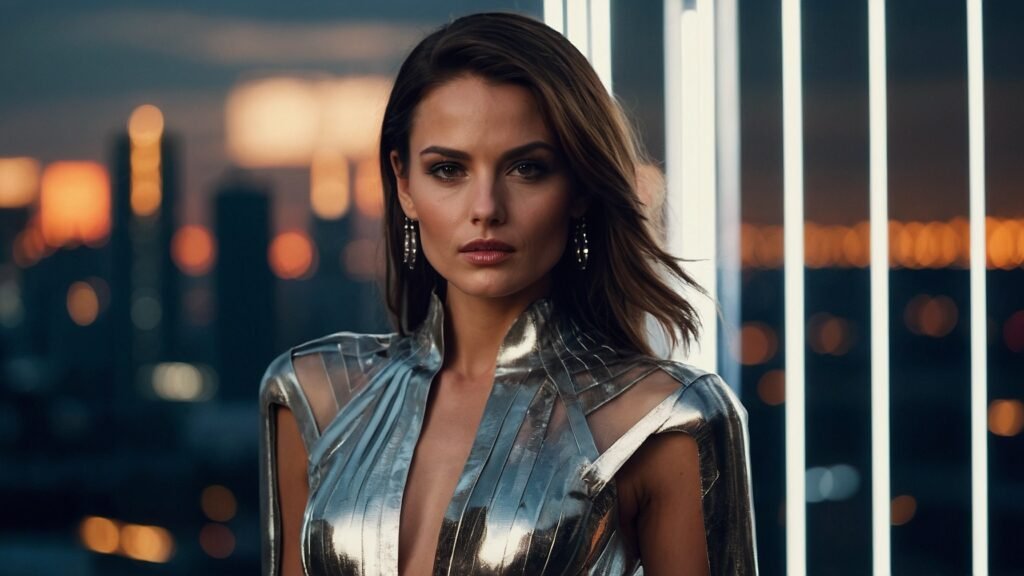
Recession Style Favors Subtle neutrals
The 2008 financial crisis radically impacted spending and fashion. As the recession raged, shoppers favored enduring neutrals in soft, subtle tones. Grey, nude and chocolate browns showed staying power even in tough times.
Grey: The “New Black”
As shoppers scaled back, grey emerged as a fashionable neutral worn in tough times and beyond. The New York Times even declared grey “the new black” in 2008. From heathered knits to sleek sheaths, grey projects understated elegance. Grey layered perfectly with black, brown, navy and pastels. The versatile hue let consumers make more out of less.
Nudes Gain Subtle Sophistication
Nude clothing also came into vogue post-recession. As finances tightened, nudes were seen as chic, perennial neutrals. Beige, ivory and skin-tone shades brought versatility to one’s wardrobe. Neutral nudes created the elongating effect of monochrome dressing. The palette delivered subtle polish and elegance for cost-conscious yet fashionable dressers.
Chocolate Browns Convey Timelessness
Deep chocolate browns took on new dimension during the recession as well. Long associated with autumnal hues, chocolate browns took on sophisticated, anytime appeal. As shoppers invested in fewer, more classic pieces, rich chocolate browns fit the bill. The creamy, warm shade paired with other neutrals and brights alike for a polished look. Understated chocolate became the new black.
Fast Fashion Brings Trends to the Masses
The 2000s saw the meteoric rise of fast fashion chains like H&M, Zara and Forever21. These stores brought inexpensive, on-trend pieces rapidly from runway to rack. For better or worse, fast fashion democratized trends like neon brights and pastels.
Fast Fashion Sparks Debate
Powerhouses like H&M and Zara sped up fashion cycles, rushing catwalk trends into stores. While fast fashion brought runway style to the masses, critics argued it fueled waste and unethical labor practices. Movies like The True Cost shone a light on the dark side of fast fashion’s nonstop consumption. Still, shoppers flocked to fast fashion for the latest looks at unbeatable prices.
Rave Culture Drives Neon Brights
Fast fashion retailers seized on rave and club culture to sell neon brights cheaply. H&M’s neon leggings lit up dance floors for just $5.99. Zara’s acid wash denim lined the mall food court. Young fans snapped up these eye-popping shades for a song. Fast fashion put these party-ready hues within reach of mainstream consumers.
Pastels Flood the Junior Section
Fast fashion also capitalized on the pastel boho trend. At stores like Forever21 and Charlotte Russe, shoppers could instantly emulate lookbook chic on a budget. Pastel peasant tops and babydoll dresses flew off the racks. For teens and young adults, fast fashion was a shortcut to runway style for much less. The affordable stores accelerated fleeting pastel fever.
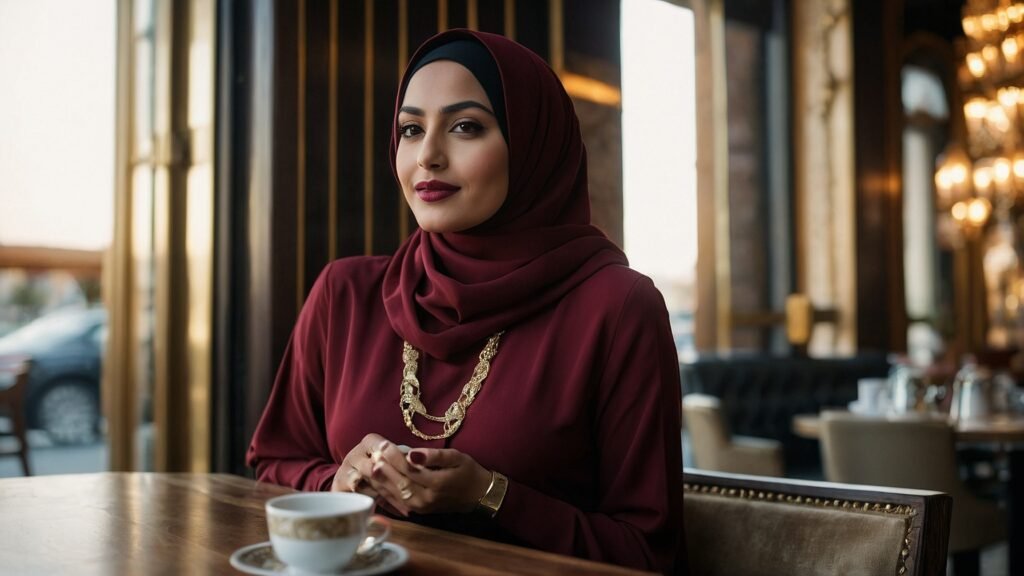
Digital Culture Spurs Neon Revival
Just as neons faded, the rise of smart devices and Web 2.0 sparked their revival. Vibrant, info-rich screens shaped digital interface design and bled into fashion. By the late 2000s, neon was back with a vengeance.
Texting Sparks a Rainbow Craze
As texting took off, bright phones served self-expression. From the RAZR to iPhone, white gave way to rainbow hues. This digitally fueled color explosion bled into clothing. Designers like Christopher Kane and Burberry Prorsum splashed neon onto dresses, bags and shoes. Neon signified digital disruption.
Social Media Fuels Viral Looks
On social platforms like Facebook, Twitter and YouTube, users flaunted neon clothes for attention. Attention-grabbing neons helped online personalities stand out. In the digital wild west, neon functioned like social media highlighter. For clout-chasing users, peacocky neons were made for viral content.
Smart Devices Drive Techy Hues
Neons also matched the slick gadgets of the mobile computing era. iMac desktops came in neon green, blue and orange transparent casing. Later, the neon trend followed mobile, with iPod Minis in lime green and tangerine. For a generation raised on screens, acid brights visually resonated. Neon shades paralleled the tech boom 2.0.
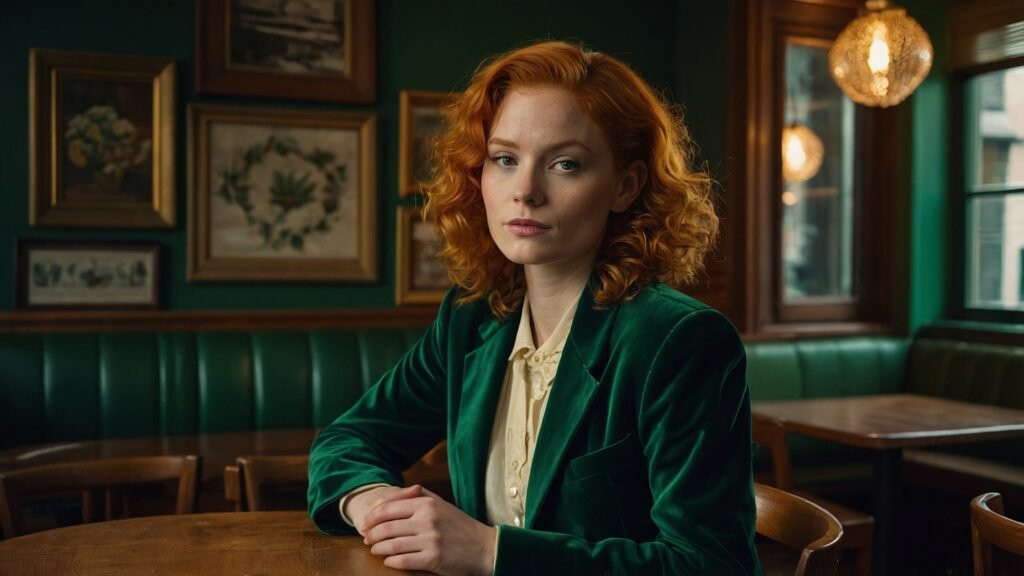
Conclusion: Color Trends Reflect the Times
In the 2000s, color trends in fashion encapsulated the cultural zeitgeist. At the optimistic start of the millennium, neon brights symbolized the future. Pastels aligned with escapist, feminine sensibilities. As environmentalism took off, earthy hues and ethical fabrics resonated. During the recession, versatile neutrals reflected austerity. And with the rise of fast fashion and digital culture, neon brights came roaring back. While certain hues like millennial pink endure, color trends remain a mirror of the times.
Frequently Asked Questions
What are some key color trends from the 2000s?
Some major color trends from the 2000s include neon brights, pastels, earth tones like olive green and mustard yellow, versatile neutrals like grey and nude, and the decade-defining shade of millennial pink.
What cultural factors influenced 2000s color trends?
2000s color trends reflected influences like environmentalism, the digital age, the economy, and pop culture. Interest in organic fabrics brought earthy hues into vogue, while the recession popularized versatile neutrals. The rise of texting, social media and gadgets fueled neon shades.
What is millennial pink?
Millennial pink is a soft, light, rosy shade that came to define the aesthetic of the 2000s. The hue captured a zeitgeist of optimism, femininity and youth. While it originated in women’s fashion, millennial pink crossed over into homes, technology, and menswear as well.
How did fast fashion impact color trends?
Fast fashion democratized fleeting color trends like neons and pastels, rushing catwalk styles into inexpensive stores. Brands like H&M and Forever21 made these pop culture looks accessible to mainstream consumers. But fast fashion also fueled waste cycles.
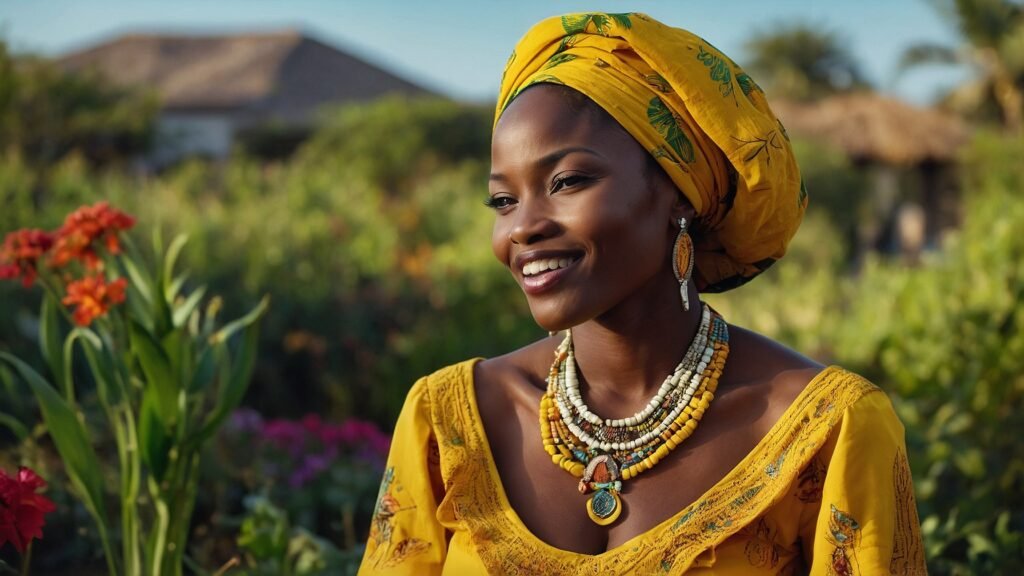
What do color trends say about society?
Color trends act as a mirror of the cultural zeitgeist. They signal attitudes, economies, issues, and obsessions of the times. For instance, millennial pink expressed 2000s optimism, while earth tones aligned with budding environmentalism. Color trends offer a living record of what mattered in fashion and beyond.
How long do color trends last?
Most color trends last 3-5 years from peak popularity into eventual decline. Some shades simply fade from view. But a rare few, like millennial pink, transcend their moment and become versatile, timeless hues. Even decades later, certain trends still evoke their eras, like the neon brights of the 80s and 90s.
Do color trends ever repeat?
Color trends do resurge in popularity years or decades later. This can be sparked by nostalgia and pop culture references. For example, the 1970s earth tone avocado green popped up on 2010s kitchenware and fashion amidst 70s retro revivalism. Certain hues stake a permanent claim in society while still cycling in and out of vogue.
How do color trends start?
Color trends often begin on the runways, curated by leading designers based on materials, forecasts and creative vision. If a hue resonates, it gets picked up by media and retailers, launching into mainstream fashion. Culture, technology, economics and global events shape which tints take off and which ones don’t.
Summary Table
| Era | Key Colors | Influences | Examples |
|---|---|---|---|
| Early 2000s | Neons, pastels | Y2K culture, pop music | Lime green, baby pink |
| Mid 2000s | Millennial pink, earth tones | Optimism, environmentalism | Light pink, moss green |
| Late 2000s | Grey, nudes, navy | Recession-era versatility | Heather grey, beige |
| Late 2000s | Neon revival | Fast fashion, texting, gadgets | Acid yellow, bright blue |
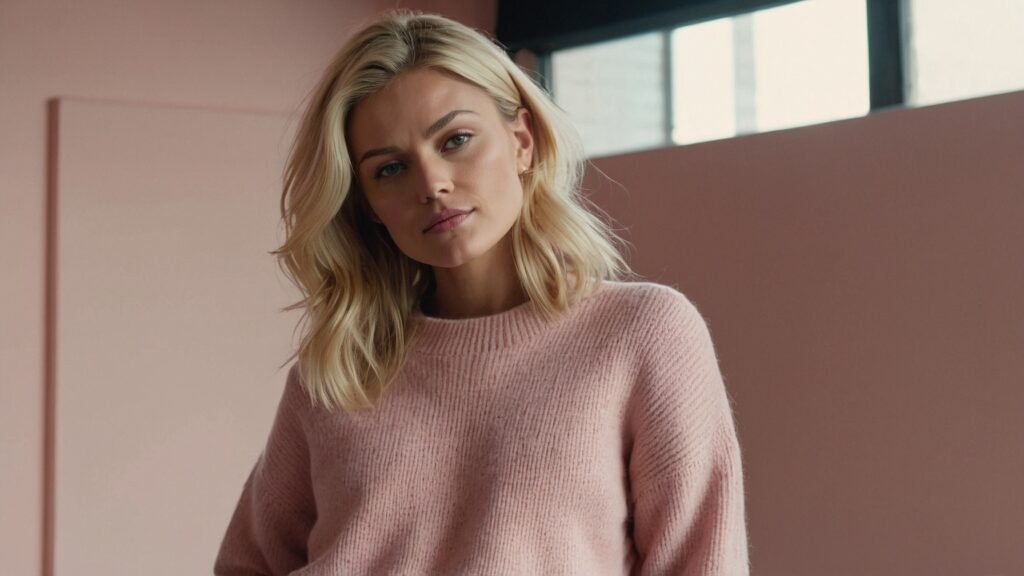
Conclusion
From millennial pink to neon brights, the color palette of the 2000s encapsulated a transformative cultural period. We witnessed the rise of technologies that brought both connection and distraction.
Y2K futurism gave way to eco-conscious lifestyles which were threatened by economic recession, before rebounding into the social media age. Throughout it all, color trends chronicled our society’s hopes, values and fears.
The 2000s color spectrum shows a culture in transition. Looking back on these hues offers a vibrant glimpse into who we were and where we’re headed next.
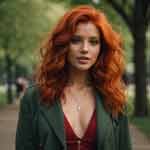
Anna West, the visionary behind Clothes Color Guide, is our go-to for all things fashion. Merging the finest of runway trends with everyday style, she demystifies the world of color and pattern. While clothing is her mainstay, Anna also shares insights on interior design, pet care, and relationship advice. Dive into her articles and emerge with a vibrant perspective on style and life.
Reviewed By: Joanna Perez and Marcella Raskin
Edited By: Lenny Terra
Fact Checked By: Sam Goldman
Photos Taken or Curated By: Matthew Mansour
